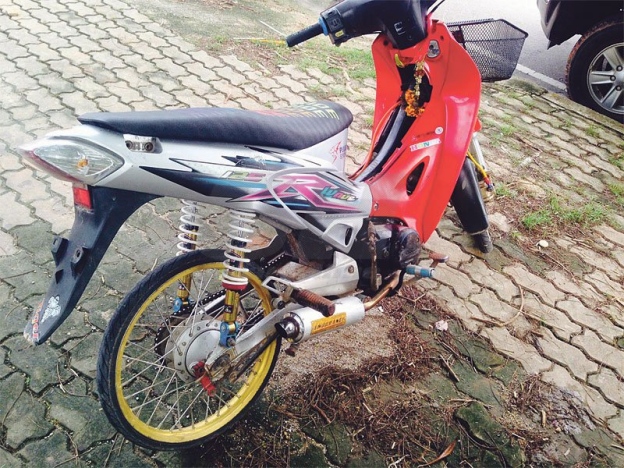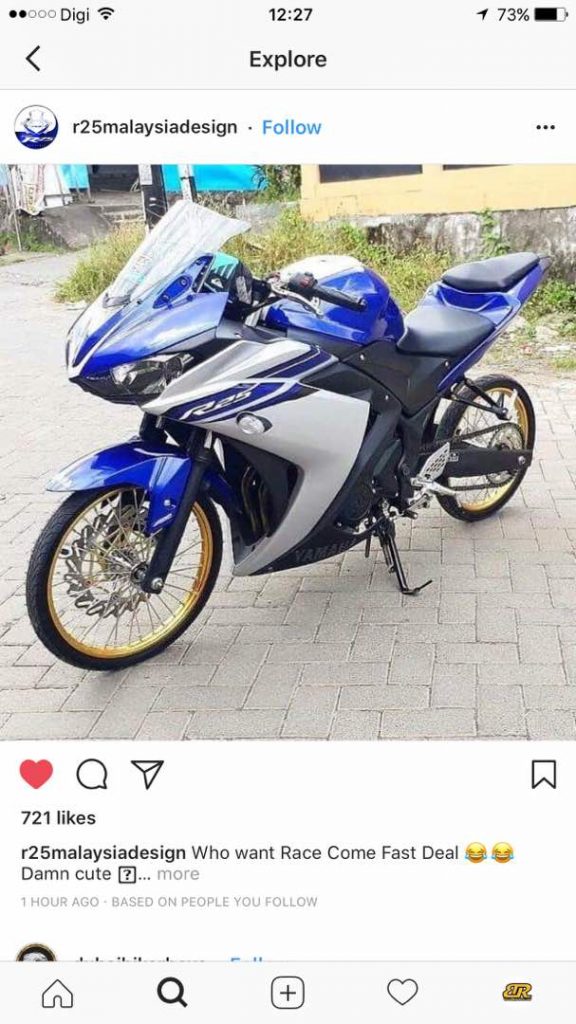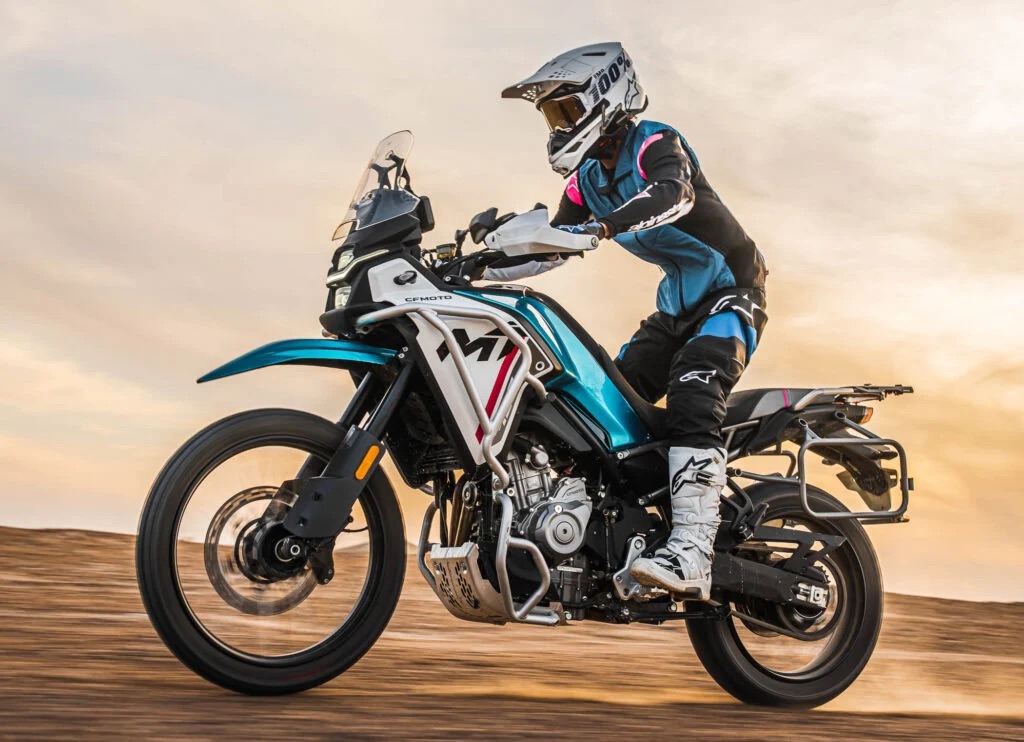-
The subject of tyre width has been constantly debated.
-
Is a fatter tyre better i.e. 240-section rear tyre?
-
Does it mean a skinnier tyre is bad i.e. tayar sotong?
Just like most parts on a motorcycle, this is a debate that has raged over time. There are bikes of the same capacity and power output but shod with different sized tyres, while there are some bikes that are heavier and still powerful but equipped with narrower tyres.
Click here to check out our guide on choosing the correct tyres.
But what actually brought our attention to writing this article is seeing some bikes rolling on extremely narrow tyres, colloquially known as tayar sotong.

Every tyre hence selection is a compromise of sorts. But a wider tyre has a larger footprint thus has better grip, right? You’re not wrong, but it’s a little more complex than that. Let’s take a look.
WIDE TYRE
Pros
- More potential grip especially when cornering.
- Allows for higher speeds in corners.
- Allows for deeper lean angles when cornering.
- More stable in corners.
- Able to take more engine power.
- Allows for harder throttle application when leaned over.
- Safer to trail brake.
- Allows for harder braking.
Cons
- Usually costs more.
- Feels “heavier” to steer.
- Leaves more unused areas at the sides (called “Chicken Strips”) if not fully utilized.
- Leans the bike further over into a corner than a skinnier tyre.
- More mass means more power is needed for acceleration (rolling resistance).
- More mass also means the suspension and brakes have to work harder.
SKINNY TYRE
Pros
- Usually costs less.
- Easier to steer.
- Easier to utilize the whole tyre.
- Less rolling resistance for faster acceleration and lower fuel consumption.
- Less need for heavier springs in the suspension.
- Leans less into a corner at a given speed compared to a wider tyre.
Cons
- Less potential side grip, limiting cornering speed and lean angles.
- Bike feels less stable, sometime skittish.
- Too much throttle will overwhelm the small contact patch.
- Less force for trail braking or not at all.
- Must brake less aggressively.
There is also an element to having a wider tyre: Style. To most bikers, a wider rear tyre makes the bike look more aggressive, sportier. But in our experience of testing almost every motorcycle in the market, having a wider or skinnier tyre doesn’t truly matter. There are times when the wider tyres actually felt harsh over public roads.

Back to the subject of tayar sotong, these guys are all for straightline acceleration, as seen on those drag bikes (called “sprint” in Malaysia). They may be good for that kind of racing as no cornering is involved but are downright dangerous on the road. That’s because the tyres are just too skimpy for emergency braking and turning. Being too thin and low-profiled also run the risk of damaging the rims over sharp bumps. Plus, this writer has personally witnessed a tayar sotong on another bike burst in front of his eyes.
On the other hand, we’ve also come across tyres too wide for certain rim sizes i.e. a 180-section tyre on a rim for a 160 – due to the misconception that a wider tyre means more grip. Too wide a tyre will have the rim flanges pinch the tyre, resulting in SMALLER footprint than the recommended width.

To conclude, the best thing to is to adhere to the motorcycle and tyre manufacturers’ recommendations. Want more grip? Choose one with softer compound. Want more mileage? Choose a sport-touring tyre.
















